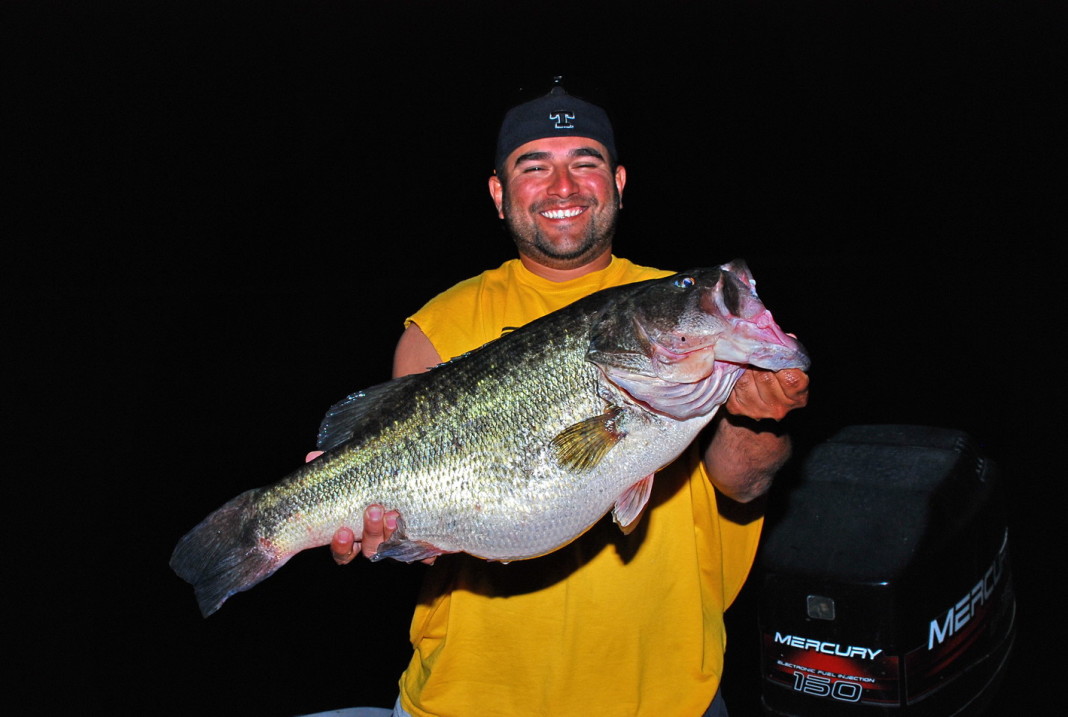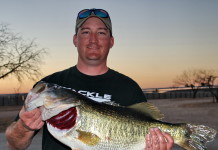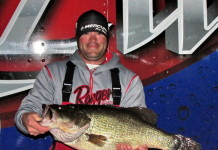Spring bass fishing season in Texas is in full swing and nine largemouths eclipsing 13 pounds have been entered into the ShareLunker program since February.
Summer also will be here before you know it, offering opportunities to get close to plenty of other angling targets, including inshore and offshore saltwater species.
The long and short of it: There’s no better time than the next few months to be on the water.
However, the angling world can be downright confusing even for folks blessed to spend more days on the pursuit than the weekend warrior.
Fishing with the wrong tackle is similar to putting a golf ball with a pitching wedge — it takes all the fun out of what you’re doing and it doesn’t work well. Sure you could get used to it, but why?
In the fishing realm, there are thousands of rods, reels and lines, and each possess variations that make them advantageous in certain situations. The trick to the whole thing is figuring out what works best for you and your angling scenario.
Even mom and pop sporting-goods stores can carry enough equipment to baffle novice anglers, but despite all the specialized gear we have today, you don’t have to possess a Ph.D. to figure out gear ratios and other technical aspects. You just have to know some of the lingo and be able to apply it.
Here’s a glimpse at fishing tackle, something that hopefully can help you pick out the right gear.
Fishing rod selection
Rods can be formed from fiberglass, graphite or both. Fiberglass rods are strong, usually more sturdy than graphite ones, though they do not have the same sensitivity and flexibility that graphite does.
The main difference is price. Graphite rods usually run on the more expensive end. Some rods are made of graphite and fiberglass, and the composites mix the durability of fiberglass with the flexibility and sensitivity of graphite.
The next thing to consider is power, which refers to the amount of pressure needed to flex the pole. Heavy rods are en vogue in the bass-fishing world and often are paired with braided line so anglers quickly can subdue big fish, especially if angling in thick cover. Medium and light rods don’t possess as much backbone but typically are better when using lighter line.
Another thing to think about is a rod’s action, which describes how much and where a rod will bend. A slow action is the most flexible, providing a bend up to the length of the rod. Rods with slow actions normally are used for crappie or other panfish, and can be used to add more of a fight on larger species.
Moderate-action rods, some of the most widely used, possess a flexibility that will start a bend in the rod more toward the middle. These rods allow anglers to fish for a variety of species while maintaining strength and flexibility.
Fast-action rods bend near the tip when pulling against the same weight as other poles. These rods can be used for big fish when attempting to horse them out of cover and provide a quicker hook-set since you don’t have to move them as far to hit the stiffer part of the blank.
Fishing reel selection
Spinning reels typically are easier than bait-casters to master because they don’t pose as much of a backlash problem in many situations. Bait-casting reel technique can take time to master but once you do, it will open up your bag of tricks, which can include flipping or pitching, something you can’t easily do with a spinning reel. Many new bait-casting reels have built-in casting control systems, but “thumbing the spool” is still the best way to avoid backlashes.
One consideration in selecting a reel is its gear ratio, which refers to the number of revolutions the spool makes with a turn of the handle. High-speed reels, which carry ratings of 6:1 and up, are better for quickly retrieving lures, while lower speeds such as 4:1 provide more cranking power for applications such as trolling. Slower ratios are key when attempting to retrieve lures such as deep-diving crankbaits because it takes less effort to bring them in, while faster speeds can be handy if you’re making hundreds of casts and don’t have the luxury of fishing slow.
Also, a reel’s line capacity could come into play when fighting big fish and a larger spool could mean the difference between landing a hog catfish or striper and losing them.
Fishing line selection
Monofilament, made of a single strand of polymer, is the most common on the market, and is the cheapest to make and to buy. Other types include braided and fluorocarbon. Fluorocarbon is popular because it has a similar refractive index to water. That simply means light refracts or bends at nearly the same rate in water as through the line, making it blend. Braided lines are now commonly used not just on bait-casters but also on spinning reels and provide sensitivity and power, though they are more expensive and are tougher to clip when re-rigging.
The strength of a line, rated in pounds, will help anglers pair it with a suitable rod and reel. Using line that is too heavy could snap a light rod while light line will snap easier on a heavy rod when pressure is applied.
The best thing you can do when seeking to plop down some of your hard-earned cash on any fishing gear is to do your research. The more you do now will be rewarded later when you find yourself between your tackle and the fish of a lifetime.





















